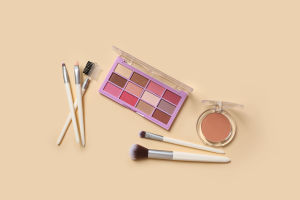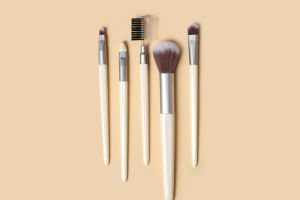As a cosmetic, lipstick is one of the most common items in modern women's makeup bags.
It not only adds color to the lips but also enhances the overall finish of the makeup. In some cases, lipstick is enough to change a person's temperament and self-confidence.
Although lipstick seems simple, it has a long history and complex chemical processes behind it, reflecting the continuous evolution of aesthetics, culture, and technology.
The history of lipstick can be traced back to the ancient civilization thousands of years ago. In ancient Egypt, both men and women used lipstick to decorate their lips, symbolizing wealth and status.
One of the most famous lipstick users was Cleopatra, the Queen of Egypt, who is said to have mixed the red pigment of beetles into wax to make early lipstick. Lipstick was also popular in ancient Greece and Rome, especially in drama and festivals.
But in medieval Europe, lipstick was regarded as a symbol of "witchcraft". It was not until the 17th century that it gradually revived among the nobility and the upper class.
With the advent of the Industrial Revolution, lipstick in the modern sense began to be mass-produced and gradually entered the lives of the masses.
After entering the 20th century, lipstick not only occupied an important position in the beauty market but also became a symbol of female independence and self-expression.
With the popularity of Hollywood movies, the classic red lip shape of stars has become the object of imitation for countless women, and lipstick has therefore entered the global consumption trend.
Today, there are many types of lipsticks, from classic bullet lipsticks to liquid lip glazes, with all kinds of textures, colors, and functions. Matte, satin, moisturizing, long-lasting and other lipsticks with different textures are suitable for different occasions and makeup needs.
For example, matte lipsticks usually have high color saturation and strong durability, suitable for formal occasions; while moisturizing lipsticks are more suitable for daily use and can provide a moisturizing and comfortable experience for the lips.
At the same time, the color selection of lipsticks is also becoming more and more abundant. In addition to classic red and pink, various avant-garde colors such as cold purple, blue, and even green are gradually favored by fashion lovers.
However, the choice of lipstick is not just about color and texture, the ingredients of lipstick are also receiving more and more attention. Modern consumers prefer lipsticks that do not contain harmful chemical ingredients, especially those that do not contain heavy metals such as lead and cadmium.
These heavy metals may accumulate in the body through long-term use, posing a potential threat to health. Therefore, many brands have begun to launch lipsticks with organic and natural ingredients to meet consumers' needs for safety and health.
In addition, lipstick's packaging and production methods have gradually been aligned with the concept of environmental protection, and more and more brands have begun to adopt sustainable materials and production processes to reduce the burden on the environment.
As an ancient and fashionable product, lipstick still has a strong vitality in modern society. Whether it is daily makeup or special occasions, lipstick can add a lot of color to the makeup, making people glow with confidence and brilliance.
Choosing a lipstick that suits you is not only to pursue external beauty but also to affirm and express the inner self. In the future, with the continuous advancement of technology and the beauty industry, the form and function of lipstick may become more diverse. Still, the power and charm it represents will never fade.


